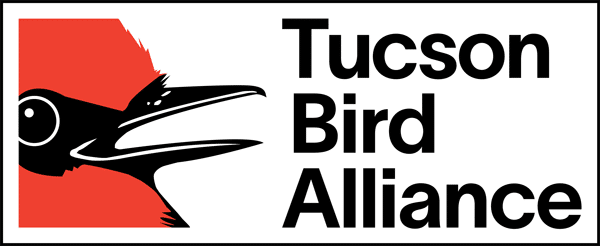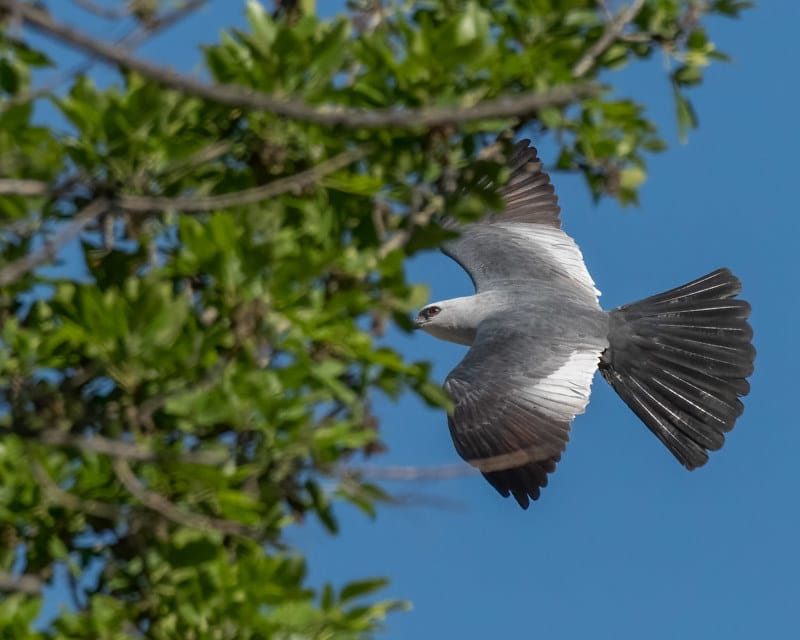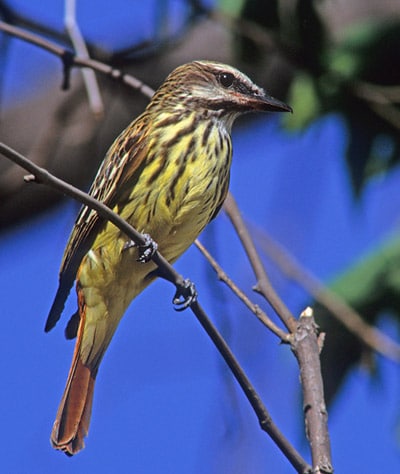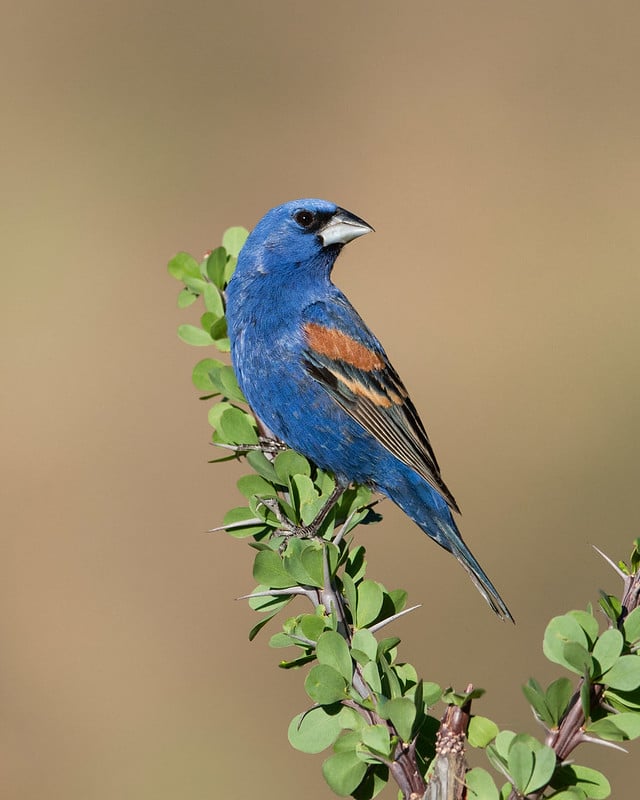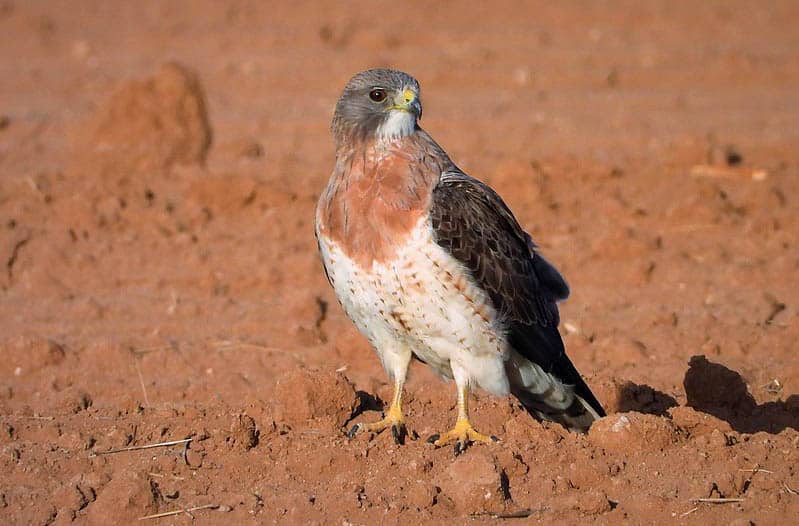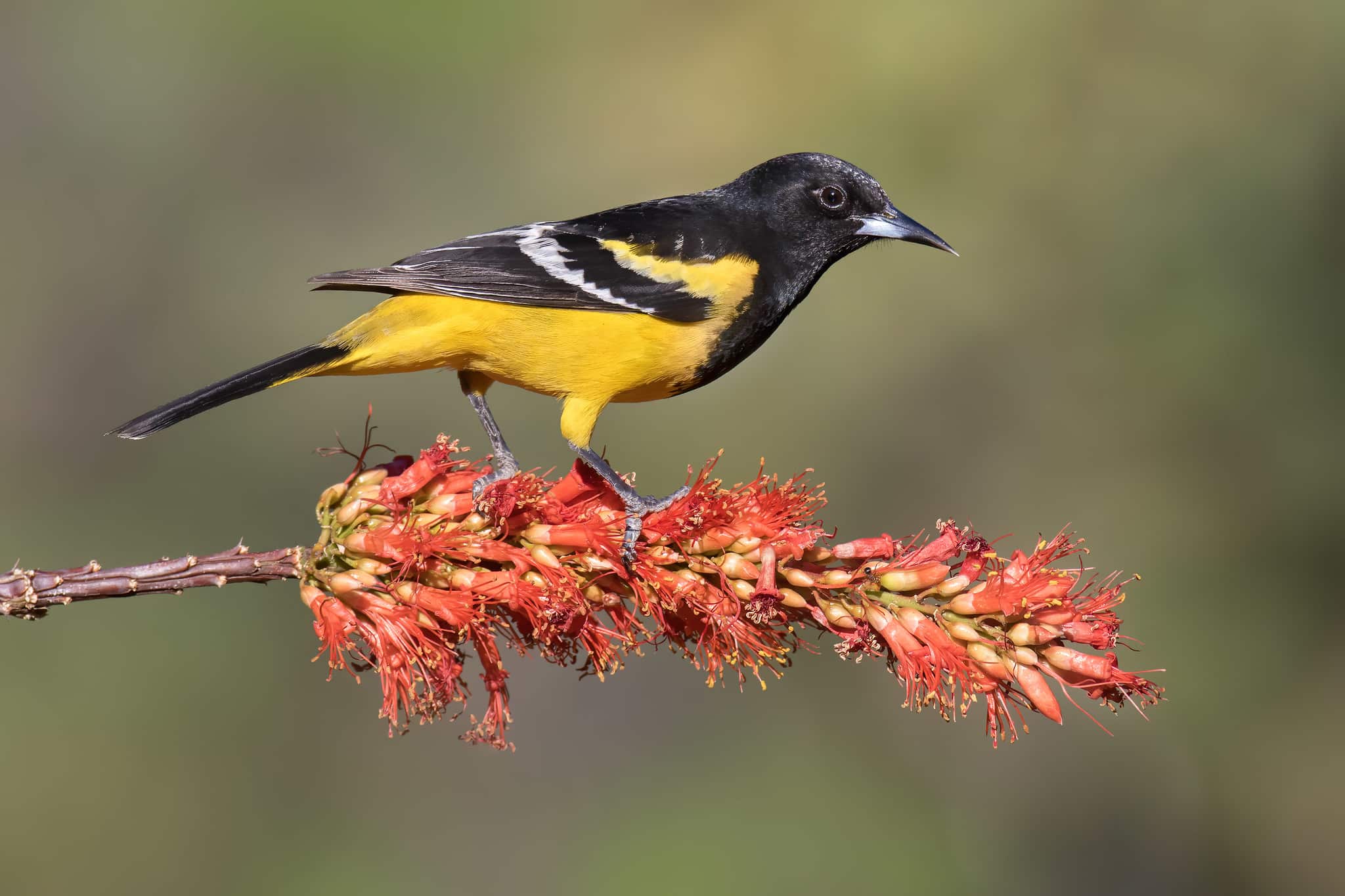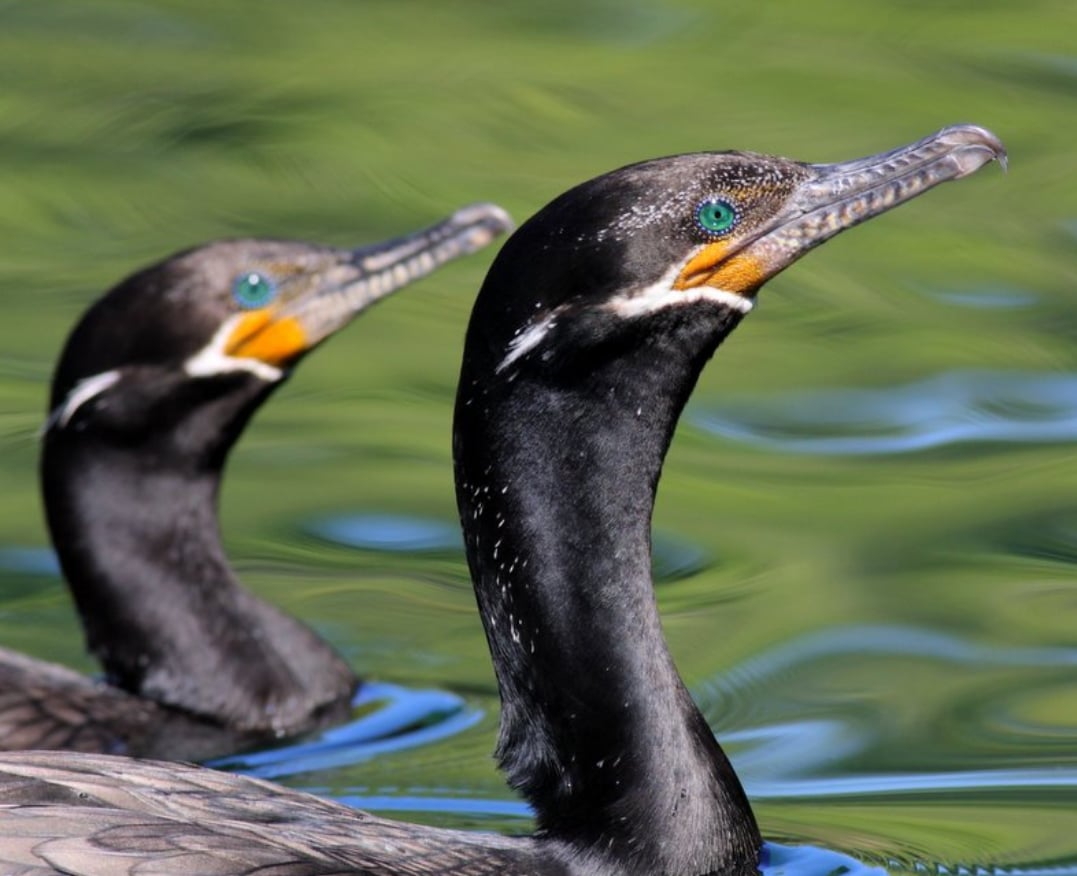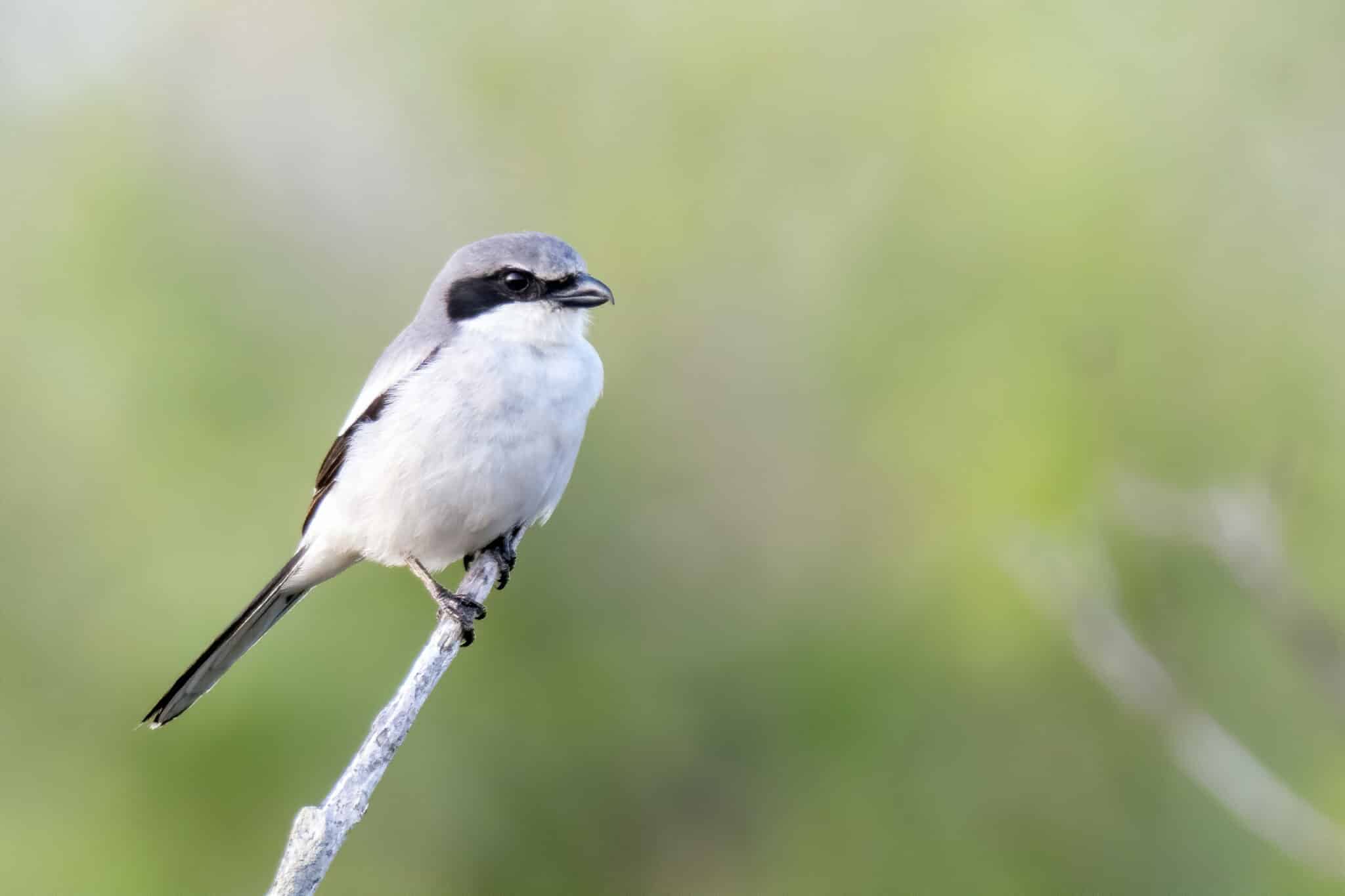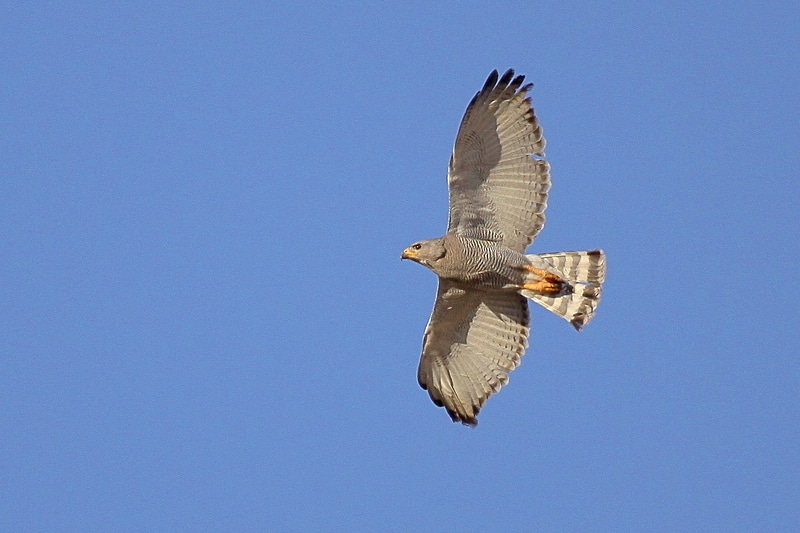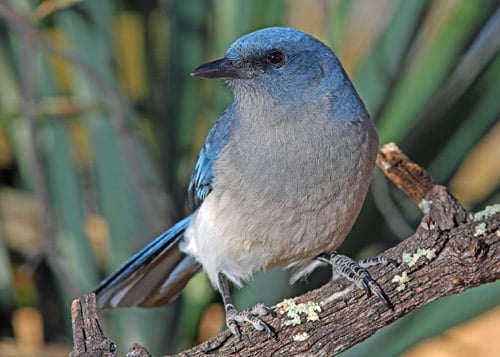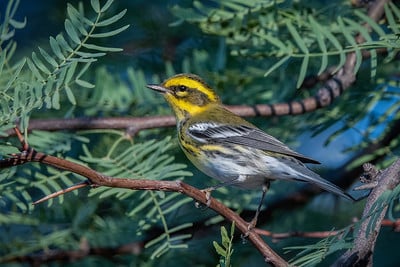Difficulty: Moderate (Some mild slopes but excellent surfaces. Drive time to location approximately one hour on paved roads.)
Saint David is a curiously lush oasis bordering the San Pedro River, characterized by artesian wells and springs that support high groundwater levels and abundant trees and ponds. Summer Tanager, orioles, Tropical Kingbird, Gray Hawk, Yellow-billed Cuckoo, and others are likely to be seen, as well as migrants. We will also search for Mississippi Kites, which nest nearby, and any other rarities that happen to be in the area. Limited to 9 participants.
Mississippi Kite by Dan Weisz
